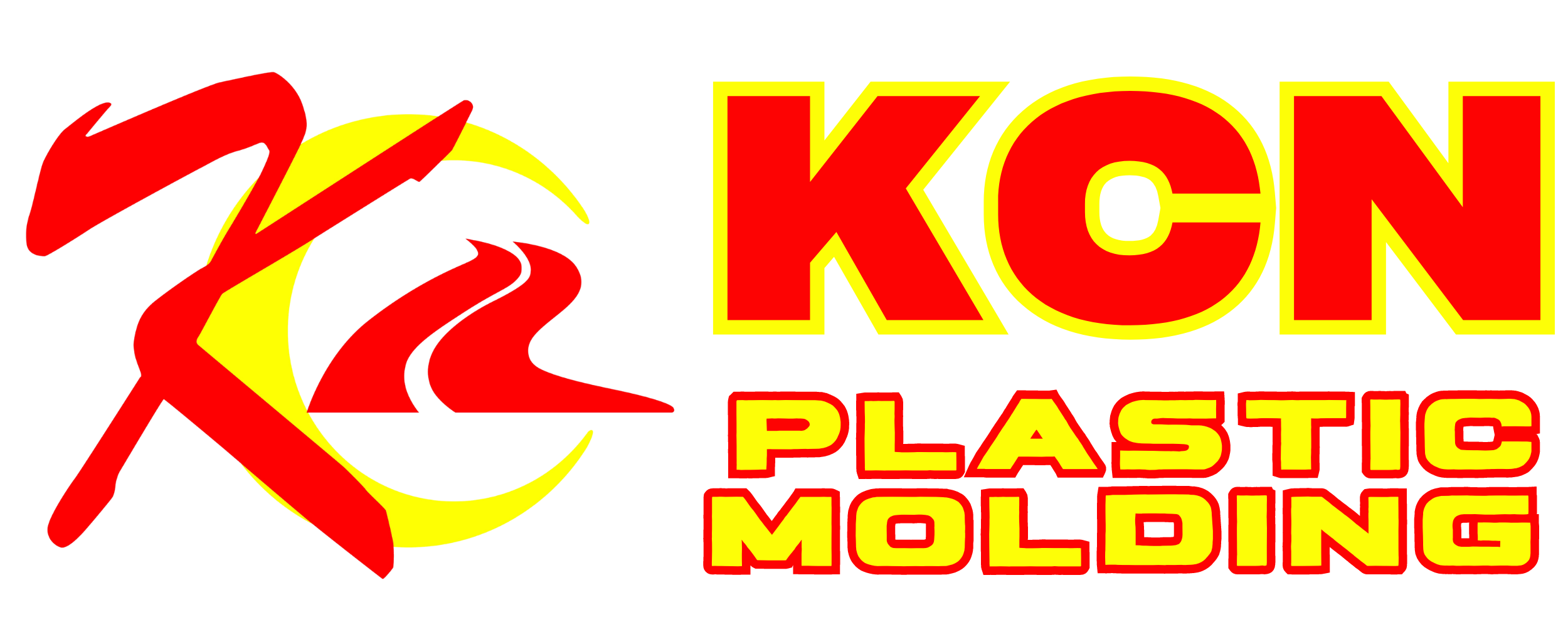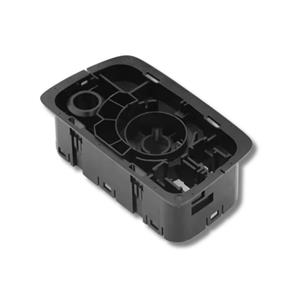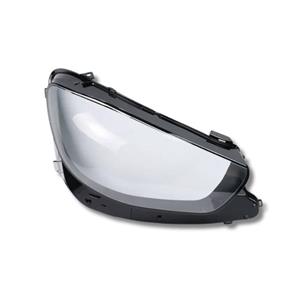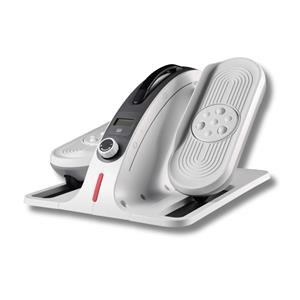What are the key components of a plastic injection molding machine?
A plastic injection molding machine consists of several key components that work together to facilitate the injection molding process. Here are the main components of a typical plastic injection molding machine:
1. Injection Unit: The injection unit is responsible for melting and injecting the plastic material into the mold. It consists of a hopper, where the plastic pellets are stored and fed into the machine, and a screw or plunger that pushes the material forward. The injection unit also includes a heating barrel, nozzle, and heating elements to melt the plastic.
2. Mold: The mold is the component that shapes and forms the plastic material into the desired part. It consists of two halves, the stationary half (cavity side) and the movable half (core side). The mold is precision-engineered to create the desired part shape, and it contains runners and gates that allow the molten plastic to flow into the mold cavity.
3. Clamping Unit: The clamping unit is responsible for securely holding the mold halves together during the injection process. It consists of a stationary platen and a movable platen, which are operated by hydraulic or mechanical systems to close and open the mold. The clamping force ensures that the mold remains closed and the molten plastic is properly injected into the mold cavity.
4. Ejection System: The ejection system is used to remove the molded part from the mold once it has cooled and solidified. It typically includes ejector pins or plates that push the part out of the mold cavity. The ejection system is operated by hydraulic or mechanical systems and is synchronized with the opening of the mold.
5. Control System: The control system of an injection molding machine includes a control panel or interface where the operator can set and monitor various parameters of the molding process. It allows for control of injection speed, temperature, pressure, cycle time, and other critical factors. The control system ensures the machine operates safely and efficiently.
6. Heating and Cooling Systems: Injection molding requires precise temperature control to melt and cool the plastic material properly. The machine is equipped with heating elements in the barrel to melt the plastic and cooling systems, such as water channels or oil circulation, to rapidly cool the mold and solidify the plastic.
7. Hydraulic or Electric Systems: Injection molding machines can be hydraulic or electric, referring to the type of power source used to drive the machine's functions. Hydraulic systems use hydraulic fluid and pumps to generate the necessary force and movement, while electric systems use electric motors and servo motors for energy-efficient and precise operation.
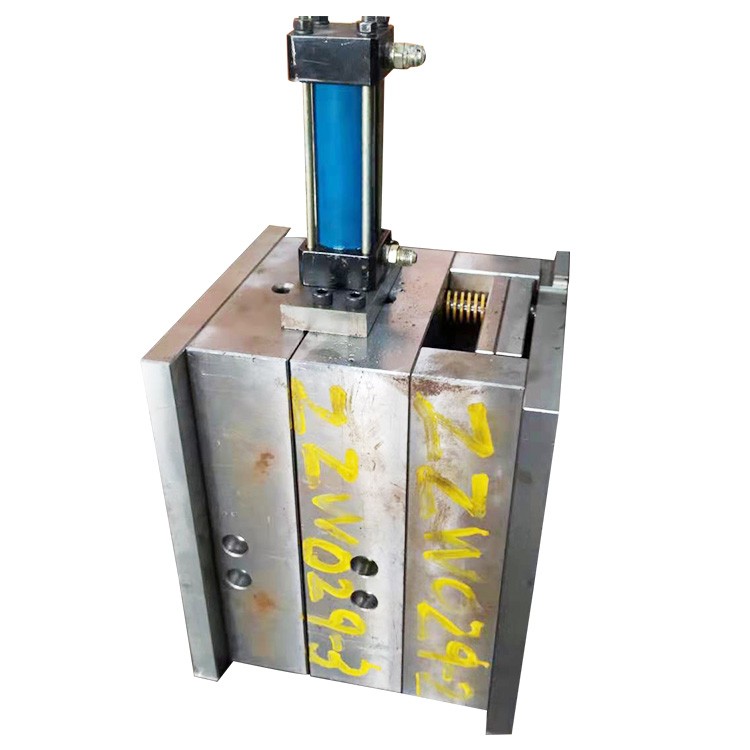
These are the primary components of a plastic injection molding machine, although there may be additional features and subsystems depending on the specific machine model and manufacturer. Each component plays a critical role in the injection molding process, ensuring the accurate and efficient production of plastic parts.
